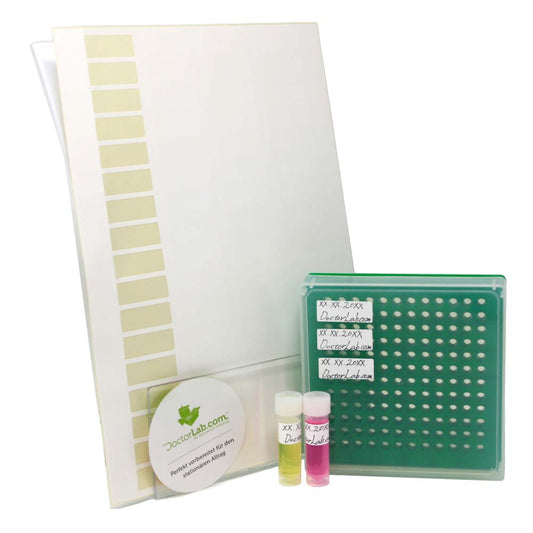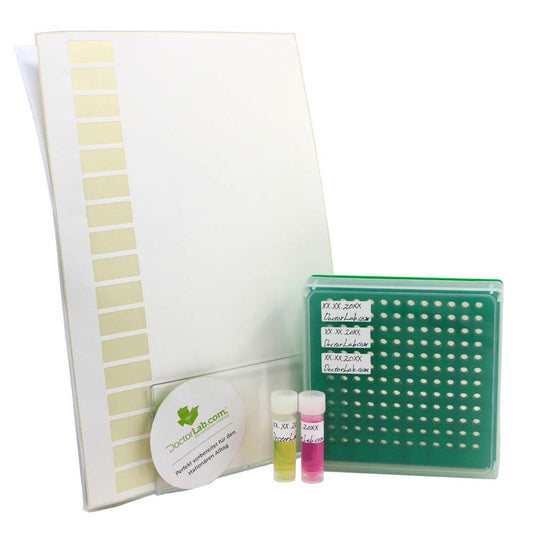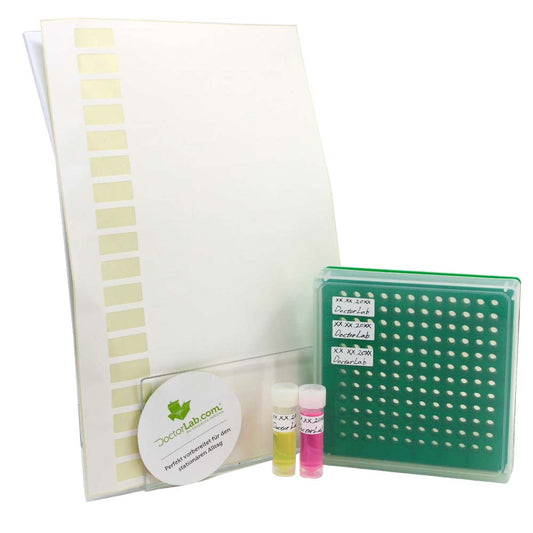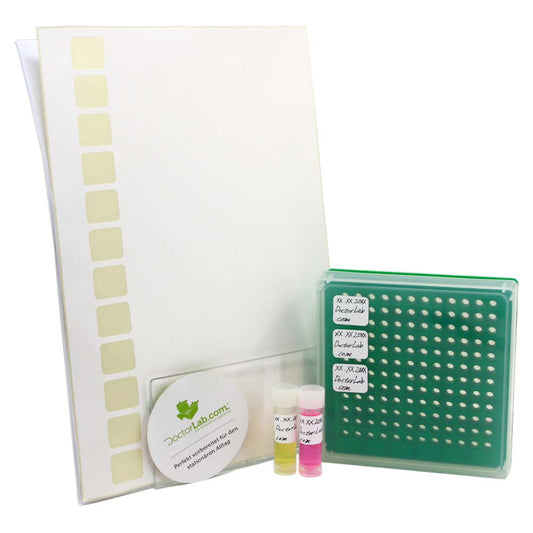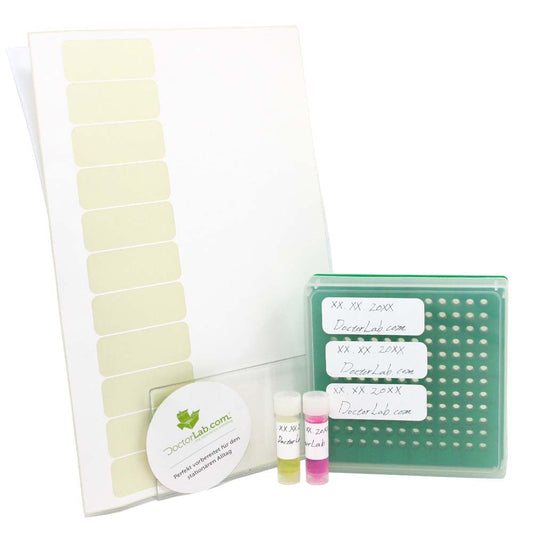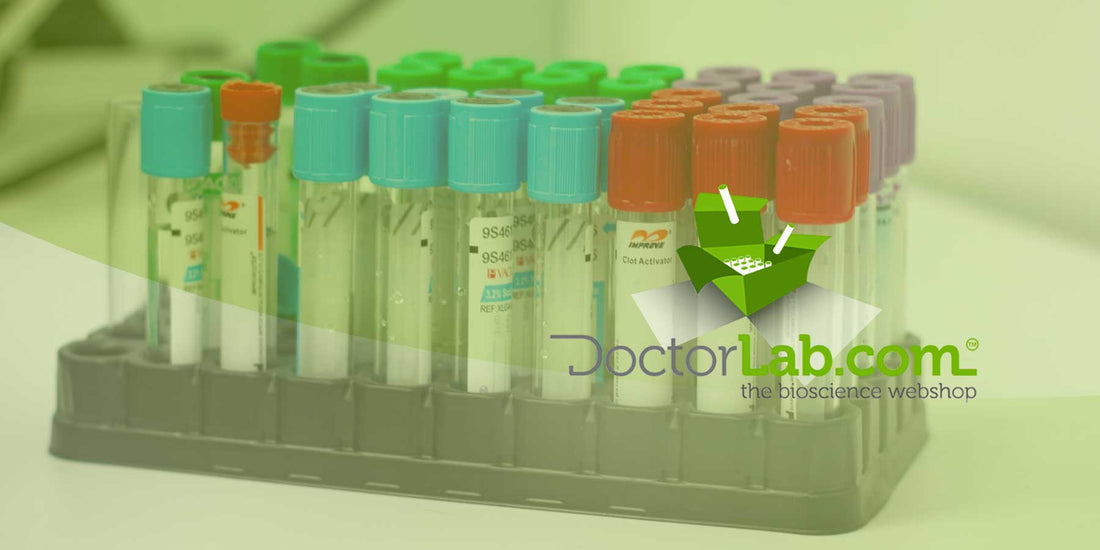
Readability of cryogenic labels in cryogenic conditions
Split
Cryogenic labels: How long do they remain readable in cryogenic conditions?
Cryo labels , also known as deep freeze labels or cryo tags, are used in the biobanking industry and other fields to mark sample containers stored at extremely low temperatures, such as in liquid nitrogen (-196°C) or dry ice (-80°C). It is important that these labels remain readable throughout the storage process to preserve the identity of the samples. But how long can cryo labels remain readable in cryogenic conditions? The answer is complex and depends on several factors.
Quality of the cryo labels
One of the most important factors affecting the readability of cryo labels in cryogenic conditions is the quality of the labels themselves. High quality labels are specifically designed for use at low temperatures and are made from materials that are resistant to cold and moisture. Labels should also be sticky enough to adhere securely to sample containers, but not so sticky that they leave residue or become damaged when removed.
Additionally, cryogenic labels should be resistant to solvents and chemicals as they can often come into contact with them. Labels that dissolve or smear quickly can lead to mix-ups and jeopardize sample integrity.
Storage conditions
Storage conditions are another important factor affecting the readability of cryogenic labels. Most cryogenic labels are designed to remain safely readable in cryogenic temperatures as long as they are stored properly. This means they should be stored in a sealed, moisture-free container to prevent moisture and frost build-up.
It is also important that the labels are not exposed to direct sunlight as this may cause them to fade or fade. If the labels are damaged during transport or storage, it may affect their readability.
Cryo labels can also be damaged by improper handling. It is important that labels are applied carefully to avoid bubbles and wrinkles. Removing the labels also requires special care to avoid damage.
Duration of storage
Duration of storage is another factor that can affect the readability of cryogenic labels. The longer labels are stored at cryogenic temperatures, the more likely they are to lose readability. Even with high-quality labels, it is advisable to check them regularly and replace them if necessary to maintain the integrity of the samples.
There is no exact indication of how long cryogenic labels remain readable in cryogenic conditions as this depends on various factors. However, there are some recommendations and guidelines that can help maximize label readability.
Recommendations for maximum readability of cryogenic labels
-
Choose high-quality cryo labels that are specifically designed for use at low temperatures.
-
Store labels in a sealed, moisture-free container and avoid direct sunlight.
-
Avoid mishandling and ensure labels are applied and removed carefully.
-
Regularly check the readability of labels and replace damaged or illegible labels if necessary.
-
Consider the length of storage and replace labels as needed.
Summary
Overall, the readability of cryogenic labels in cryogenic conditions depends on various factors, including the quality of the labels, storage conditions and the duration of storage. To maintain sample integrity, it is important to choose high-quality labels, store them properly, and inspect and replace them regularly.

